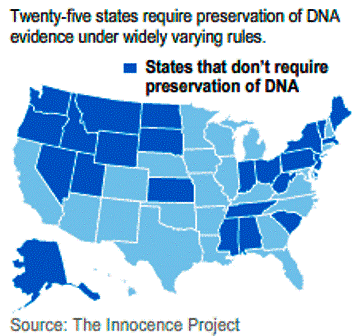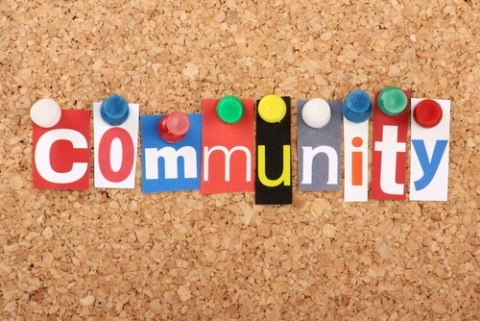The first organization’s
website I chose to focus on is East Liberty Development Incorporation (ELDI). The
second website I compare and contrast with ELDI is Hosanna House and the third
organization’s website is Thomas Merton Center. All of these organizations are
located in the city of Pittsburgh, but have very different missions.
ELDI is a
non-profit organization in the heart of the East Liberty neighborhood. This
organization works with the neighborhood and other agencies to enhance east
Liberty in four distinctive categories: planning, advocacy, facilitation, and
investment.
Hosanna House
is located in Wilkinsburg and is a community center for this neighborhood. They
offer this neighborhood a number of different services; Early childhood
education, career development help, and food assistance programs being among
the many.
Thomas Merton
Center is centered towards peace and social justice. They fight for economic
justice, environmental justice, human rights, and other projects to bring about
peace to the world. This nonprofit organization has been around in Pittsburgh
for over forty years and continues to raise issue domestically and
internationally that are not inline with their values of peace and equality.
These three
nonprofit organizations all have websites that are informative to their mission
and values. The boards of directors for these three organizations are all
volunteers. The Thomas Merton Center has the largest number of people of their
Board and Hosanna House has the least number of people on their Board. ELDI and
Hosanna House seem to both have people that are religiously affiliated as
President of their Board. ELDI is the only website that has a short bio of each
of their members of the Board. The other websites only list the names of the
Board members.
All of these
organizations, according to their websites, are a “horizontal” organization.
This means they do not have a parent organization in charge of them. All of
these organizations are different when recruiting people to volunteer. Thomas
Merton Center’s website has almost twenty links to click on with how you can
help their causes from your own home. These include writing to your
representative, attending different community groups, and receiving their
newsletter. There is a volunteer link, but it just tells you how to contact the
organization. Hosanna House has a form they ask people interested in
volunteering the fill out, but they do not give any additional information
about volunteering. ELDI has no link and tab on volunteering with them. The
closest to a volunteering opportunity I saw was their information on
internships. But, this obviously does not include everyone interested in giving
their time to help this organization.
ELDI’s
website shows that they are interested in working with the East Liberty
neighborhood to “literally invest dollars into projects as well as investing in
the quality of life for neighborhood stakeholders.” This organization does not
seem to directly interact with the people they serve, the residents of East Liberty.
Hosanna House, however, directly interacts with the people of Wilkinsburg and
helps them receive basic needs and other important services. The Thomas Merton
Center is involved with numerous projects. These projects include economic
justice campaigns, educating the public on certain important issues, and
projects to advance the rights of prisoners. All of these organizations have
very different projects that they are working on. ELDI is development and architecturally
centered. Hosanna House helps people everyday and comes in contact with the
people they assist constantly. The Thomas Merton Center is directly involved
with some of their projects, but they are very politically active.
The Thomas Merton
Center has their own newspaper and monthly newsletter to keep people up to date
on what they are doing, new projects they are involved in, and things they have
accomplished. ELDI does not have this but, they put a link up on their website
to give people the chance to see their monthly reports. Hosanna House has a
section on their website called “News and Media.” This section allows a chance
for people to see what the news and media has said about the organization.
All of these
organizations seem to act in accordance with a structural approach. They see
the people they serve in their present situation because of the way society is
constructed, not due to their behavior or culture. All of these organizations perform
and serve their populations with an asset-based model approach. Hosanna House provides
extensive programs and services along with services already offered in society.
They make these services fit their population to help them in a more specific
way. ELDI does not directly interact with the population they serve, but they
believe they are fixing the community for the good of the people. The Thomas
Merton Center also uses an asset-based model, instead of a deficiency model.
This is so because they believe the people that they serve are wrongly treated
and that this needs to stop immediately. All of these organizations believe
that the people they serve need a little extra help to get to a good place.
This is due to society, not due to the choice they have made.



















